Military berets and medals are more than just uniform accessories; they are potent symbols of courage, sacrifice, and unwavering dedication. They represent a tangible link to the past, embodying the spirit and legacy of those who have served. These items deserve a place of honour not merely for their aesthetic value, but for the profound stories they tell of bravery, commitment, and resilience.
What is the significance of military berets and medals?
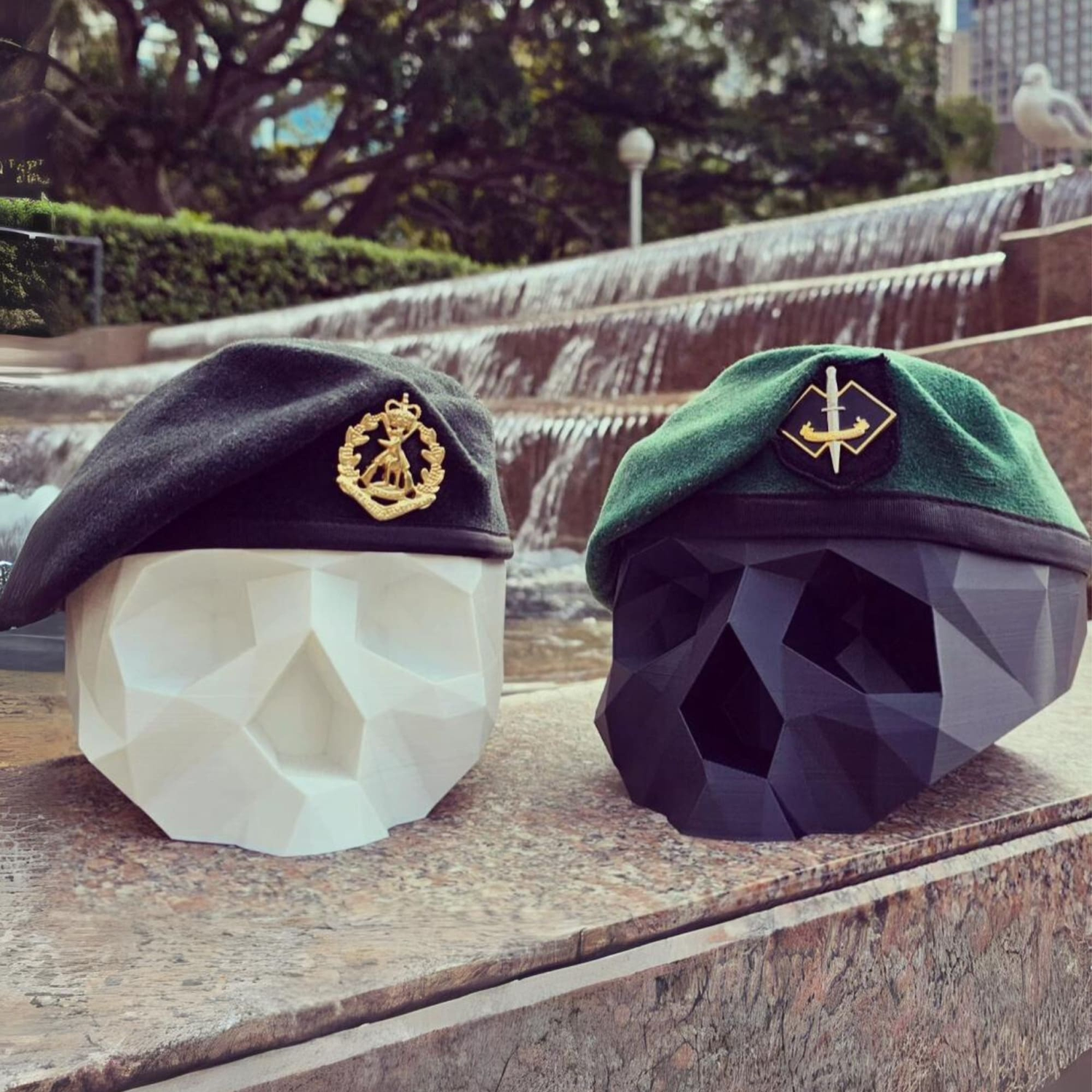
Military berets and medals are significant, acting as visual testaments to service, bravery, and commitment. The beret, a soft, round cap, has evolved from practical headwear to a symbol of elite status and unit affiliation across various armed forces. Conversely, medals recognise specific acts of valour, service length, or notable accomplishments.
The historical origins of military berets can be traced back to practical needs. Basque shepherds, for example, wore beret-like hats for centuries. Their military adoption began in the early 20th century, with the French Chasseurs Alpins using them in the 1880s. The British Royal Tank Regiment officially adopted the beret in 1918, recognising its practicality within the confines of a tank. Over time, berets have become synonymous with elite units.
Beret colours and styles often denote specific military roles or achievements. For instance, the maroon beret is famously associated with airborne forces, symbolising the blood shed by paratroopers. The green beret is reserved for members of special forces, signifying their specialised training and capabilities. The symbolic meaning behind these colours fosters a sense of identity and pride within these units.
Earning medals requires meeting specific criteria, usually involving acts of bravery, length of service, or specific accomplishments. For instance, the Victoria Cross, the highest award for gallantry in the face of the enemy for British and Commonwealth forces, is awarded for extraordinary acts of valour.
These symbols serve as potent markers of identity and pride. Veterans often cherish their berets and medals, seeing them as tangible representations of their service and sacrifice. They are prominently displayed in homes and at commemorative events, serving as conversation starters and reminders of shared experiences.
The emotional significance of these items is profound. They evoke memories of comradeship, challenges overcome, and sacrifices made. For many Veterans, their beret and medals are among their most prized possessions, representing a significant chapter in their lives. Consider displaying these symbols of sacrifice on Graveyard Designs’ unique skull stands to honour that legacy truly. These skull stands serve as a statement of remembrance and strength.
How has the history of military medals shaped their significance?
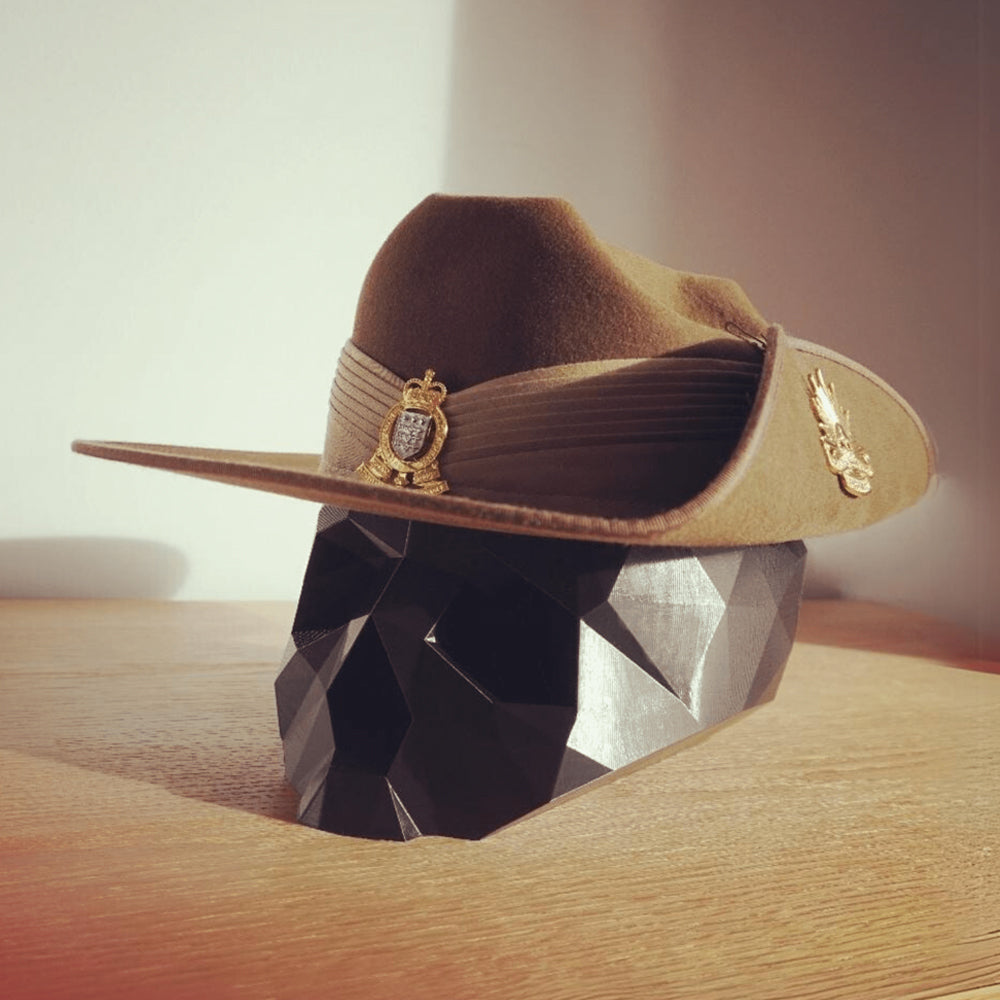
The evolution of military medals mirrors the changing nature of warfare and societal values. Early forms of military recognition can be traced back to ancient civilisations, where warriors were often rewarded with trophies, armour, or land. However, formal medal systems, as we know them today, began to emerge in the 18th and 19th centuries.
Key historical milestones have significantly influenced the design and purpose of military medals. The Napoleonic Wars, for example, saw the widespread adoption of medals to recognise individual acts of bravery and service.
Cultural and societal factors have profoundly impacted the perception of medals. During times of conflict, medals often serve as symbols of national pride and unity. However, public sentiment towards war and military service can also influence the value placed on these awards. For instance, the Vietnam War era saw increased scrutiny of military actions, leading to debates about the appropriateness of certain decorations.
Despite these shifts, military medals continue to hold significant cultural and personal value. They serve as tangible reminders of service, sacrifice, and commitment, connecting Veterans to their past and providing a sense of identity and belonging. They help family members to reflect, remember, and pass down their history.
What are military berets and how did they originate?

Military berets are soft, round, brimless caps made from wool, cotton, or synthetic materials. They are worn by various armed forces around the world, often signifying a specific unit, rank, or specialisation. The design is simple, yet their symbolic weight is substantial.
The military beret's historical origins can be traced back to the practical headwear worn by peasants and shepherds in Europe. However, its formal adoption into military uniforms occurred in the early 20th century. The French Chasseurs Alpins were among the first to use berets, valuing their practicality and comfort in mountainous terrain. The British Army later adopted the beret for the Royal Tank Regiment in 1918, recognising its utility within the confined spaces of tanks.
Why are military berets associated with elite regiments?
The association of military berets with elite regiments stems from their adoption by specialised units seeking a distinctive and practical form of headwear. As mentioned, the British Royal Tank Regiment's adoption marked a key moment when the beret began to symbolise military distinction. During World War II, the British Special Operations Executive (SOE) adopted the beret as part of their uniform, further cementing its association with elite forces. Specific colours were then used to denote a rank or the special forces themselves.
What’s included in a typical medal display?
A typical medal display includes various types of medals, each with its own significance. Commonly displayed medals include:
- Campaign Medals: Awarded for service in a specific military campaign or operation.
- Service Medals: Recognise honourable service over a specified period.
- Commemorative Medals: Issued to commemorate specific events or anniversaries.
The arrangement of medals on a display is governed by strict orders of precedence, which dictate how medals should be worn and displayed. This order reflects the relative importance of each award.
Effective display methods can enhance the visual impact of a medal display. Shadow boxes, frames, and stands like those offered by Graveyard Designs provide an elegant and respectful way to showcase these symbols of service and sacrifice. These display methods not only protect the medals but also highlight their significance.
Use Graveyard Designs’ skull stands to showcase your medals with honour and pride. These stands offer a unique, "badass" aesthetic that blends military respect with bold visual design. Let your medals be symbols of resilience, displayed in a way that evokes legacy and reflection. Display with honour. Remember with pride.
Final thoughts: Why are military berets and medals deserving of a place of honour?
Military berets and medals stand as enduring symbols of courage, sacrifice, and unwavering commitment to duty. Their historical significance and profound emotional value make them deserving of a place of honour in both military and civilian contexts.
These symbols represent more than just military service; they embody the personal stories, values, and sacrifices of those who have served. They evoke memories of comradeship, challenges overcome, and unwavering dedication to defending freedom. By preserving and displaying these items with respect and pride, we honour the legacy of those who have served and inspire future generations. Designed for warriors. Built for legacy.
Showcase your military memorabilia on Graveyard Designs’ bold, symbolic display pieces. These skull stands are crafted to respect military tradition while embracing a modern, unapologetic style. Visit Graveyard Designs today and give your symbols of sacrifice the place of honour they deserve.
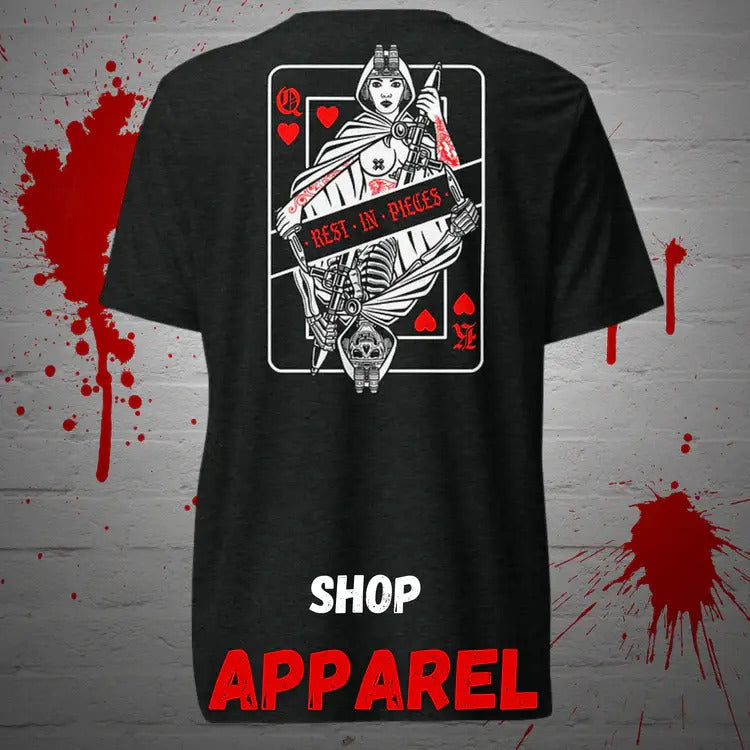
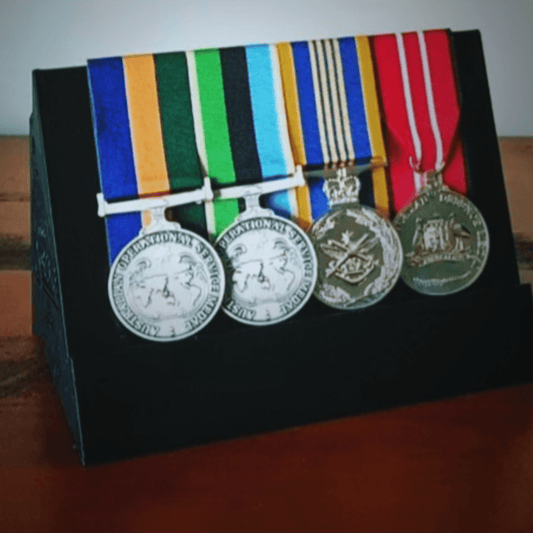
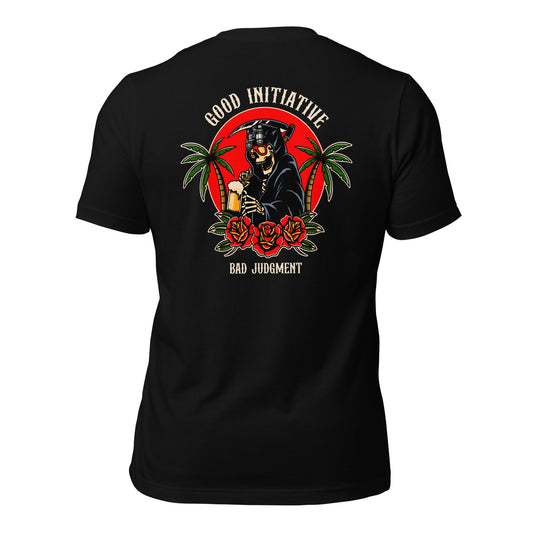

 Subscribe to our emails
Subscribe to our emails